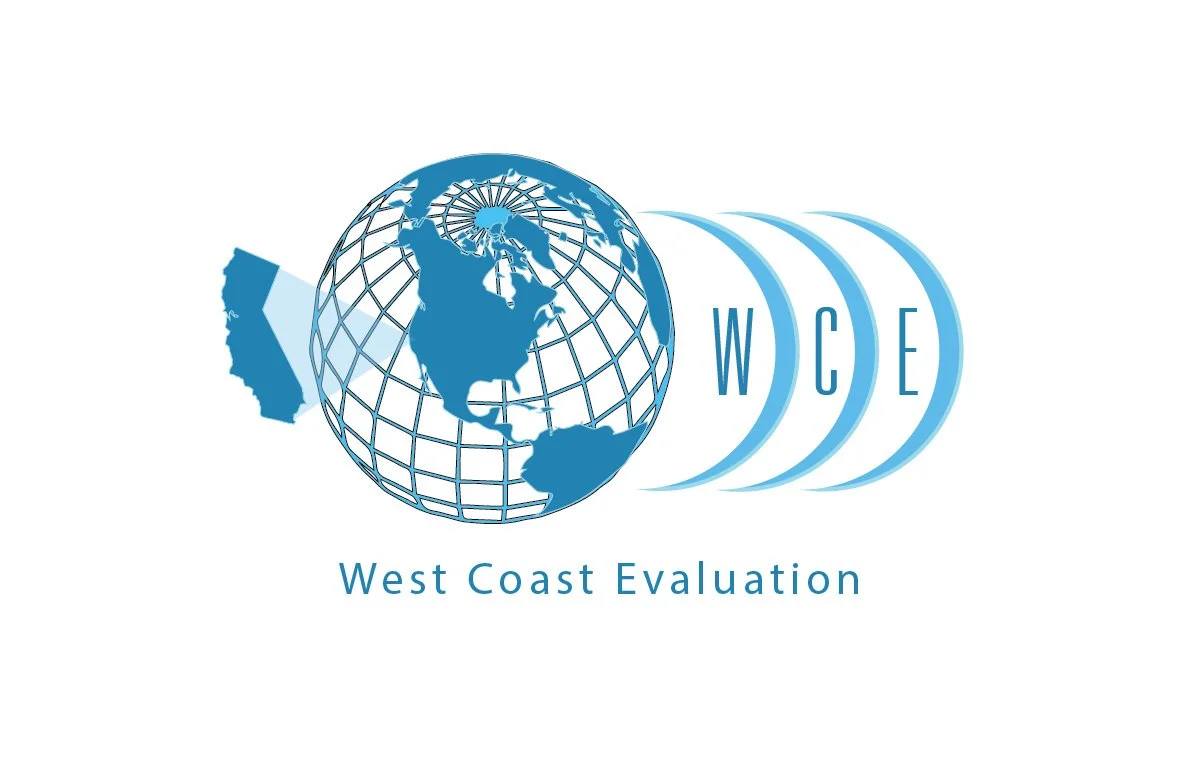Riverside’s 2026 Cap Rate Gold Rush: Your Investor Playbook for the Inland Empire’s Hottest Market
Riverside’s dynamic commercial market is setting Southern California’s pace for cap rates, rental growth, and investor returns in 2026.
Riverside's dynamic landscape, a hub for real estate investment.
I. Intro: Why Riverside's Cap Rate Scene is Heating Up (And Why You Should Care!)
Forget poring over dusty textbooks! If you're prospecting for real estate treasure in Southern California, your compass should be locked onto Riverside. It's more than just a location; it's an opportunity.
The central idea here is simple: grasping Riverside's cap rate dynamics isn't just savvy; it's the key to unlocking substantial profits in 2025. It's about understanding the pulse of a market on the rise.
Riverside possesses a unique allure. It's eclipsing its pricier coastal counterparts, presenting those enticing pockets of opportunity that shrewd investors crave. It's the sweet spot where value meets potential.
What are we setting out to explore? We're embarking on a journey to demystify cap rates, dissect Riverside's existing market conditions, glimpse into the future landscape, and equip you with actionable intelligence to capitalize on the opportunities that lie ahead.
II. Cap Rates: Your (Not So) Secret Decoder Ring for Real Estate Success
Let's talk cap rates.
Think of a cap rate as a quick diagnostic – an indicator of a property's financial vitality, measuring the annual return relative to its price. It's about understanding the fundamental economics at play.
The formula? Straightforward. It’s your Net Operating Income (NOI) divided by the property's value. Simple math, yet profoundly insightful. It's the language of real estate valuation.
Why is it indispensable? It empowers you to compare diverse investment options, assess potential returns, and gauge risk levels with remarkable speed. It's a tool for informed decision-making.
But here's the rub: cap rates aren't the be-all and end-all.
They offer a snapshot, not the complete narrative. Debt, future capital improvements, and broad market fluctuations are all outside its scope. It's a piece of the puzzle, not the entire picture.
Beware the "Cap Rate Trap." An unusually high cap rate isn't always a cause for celebration. It might be indicative of underlying risks, high tenant turnover, or a faltering market. Caution is paramount.
And let's be frank: NOI can be... creatively presented. Scrutinize the underlying assumptions and verify the numbers. Due diligence is your best friend.
III. A Trip Down Memory Lane: How Cap Rates Have Danced with the Economy (The IE's Story)
Cap rates exist within a broader economic context.
Globally, they've always mirrored the interplay between interest rates and the wider economy – a constant ebb and flow. It's a relationship of cause and effect.
Let's rewind to the Inland Empire's recent past.
In the halcyon days before 2023, cap rates were remarkably low, with industrial properties hovering around the 4% mark in 2021-2022. It was a period of exuberance.
The narrative shifted in 2023-2024. As interest rates surged nationally, cap rates followed suit, including those in the Inland Empire, with industrial properties climbing to 5.7% in 2023. A recalibration was underway.
What were the driving forces? Interest rates, the ever-present specter of inflation, economic expansion, the interplay of supply and demand, and investor sentiment all danced in this intricate performance. It's a complex orchestration.
IV. Riverside's Golden Moment: Why It's Outshining the Competition in 2025
Riverside is currently in a position of strength.
Riverside's multifamily and commercial assets are yielding average cap rates of 5.5%-6.3% – surpassing the cash flow potential of pricier coastal markets such as Los Angeles or Orange County. It's a compelling value proposition.
What's fueling this momentum?
Consider the power of its people. Riverside County's job market is flourishing (with payrolls up 11% since 2019 and city jobs up 3.3% year-over-year). Moreover, it's attracting new residents (110,000 since 2020), which is propelling rental demand to unprecedented levels. It's a story of growth and opportunity.
Smart money recognizes this potential. Private and institutional investors are increasingly targeting the Inland Empire in pursuit of higher, more dependable returns. It's a strategic shift.
Let's break down Riverside's sectors in 2025:
Industrial & Logistics remain dominant, with cap rates in the mid-5% range. Riverside's vibrant distribution and warehousing sector continues to attract substantial investor interest. While recent vacancy increases due to new supply exist, the long-term outlook remains robust, particularly given the surges in port cargo.
Multifamily properties are thriving, achieving cap rates above 6% in select submarkets. New construction is surging (with 8,500 units expected by the end of 2025), alongside robust occupancy rates (IE at 94.7% in Q2 2024) and sustained rental growth. While city prices have recently stabilized, demand from coastal migrants keeps the market dynamic.
Retail is experiencing a revival, with healthy cap rates of 5.8%-6.5%, low vacancy rates (Riverside at 4.0%), and significant pent-up demand for service-based businesses. Experiential retail and population growth are generating impressive year-over-year rent growth of 4.1%.
Office properties present a targeted opportunity. While facing national headwinds, certain Riverside office parks continue to trade at attractive cap rates (such as 7.9% in November 2024 for an office park), particularly those aligned with expanding sectors like healthcare.
V. Navigating the Nuances: Current Opinions, Headwinds & Strategic Plays
The landscape is nuanced, requiring careful navigation.
Recent interest rate hikes have contributed to higher cap rates, enhancing cash flow. However, the anticipated easing by the Federal Reserve in late 2024 and 2025 could lead to future cap rate compression, potentially boosting property values.
Inflation casts a long shadow, driving up operating and construction costs both nationally and locally. Vigilance is crucial.
The prevailing market sentiment leans toward cautious optimism, with most executives anticipating higher revenues. However, a "soft landing" is expected, emphasizing the importance of selectivity.
Experts emphasize that true value creation now hinges on proactive asset management and rent growth, rather than relying solely on declining cap rates. It's about active participation in value enhancement.
The coastal "lock-in" phenomenon, where many owners are hesitant to sell due to ultra-low mortgage rates, further enhances Riverside's appeal as a more accessible, value-driven market.
VI. Crystal Ball Gazing: The Future of Riverside CRE (and Your Portfolio!)
What does the future hold?
Expect cap rates to gradually compress in late 2024 and more significantly throughout 2025, with further declines anticipated into 2026. However, a return to the ultra-low rates of the pre-pandemic era is unlikely in the long term. Prudence is advised.
Several major trends are shaping the CRE landscape:
An impending refinancing wave, with nearly $1.8 trillion in loans maturing before 2026, could create distressed property opportunities for astute investors.
The enduring hybrid work model is driving demand for adaptable office spaces.
ESG considerations and sustainable buildings are becoming essential for reducing operating costs and increasing property value.
Technological advancements such as AI, IoT, and PropTech are transforming property analysis, management, and operations.
The dominance of e-commerce continues to bolster the industrial sector while pushing retail towards experiential concepts.
The growing imperative for affordable housing is stimulating innovative construction and financing solutions.
Riverside's enduring appeal lies in its strategic location, diversified economy (healthcare, technology), expanding workforce, and infrastructure investments, which create powerful long-term tailwinds.
VII. Your Investor Blueprint: Smart Moves for 2025
How should investors position themselves?
Focus on specific submarkets. Explore opportunities in areas like Riverwalk, Orangecrest, and Moreno Valley, where median sale prices are still rising.
Compare Riverside's attractive yields to those of stagnant coastal markets.
Anticipate cap rate compression and position yourself to benefit from potential property value appreciation as cap rates decline later in 2025.
Draw inspiration from successful Riverside investors who have transformed properties, such as the investor who increased the appraisal value of an older logistics facility by $220,000 in just six months.
VIII. Don't Miss the Boat: Riverside's Moment Is Now!
Riverside isn't merely a strong market; it's leading the way in terms of cap rates, ROI, and long-term performance across Southern California. It's a position of leadership.
Ready to capitalize on these trends and make your move? Connect with the experts at West Coast Evaluation to chart your course to success. It's about taking action.
The Inland Empire’s cap rates are rising—make your move in Riverside now!



